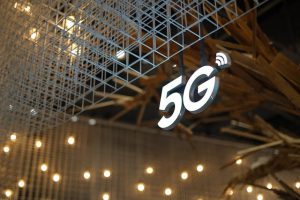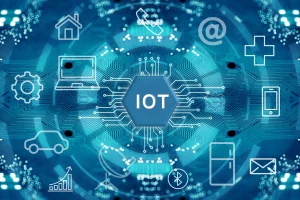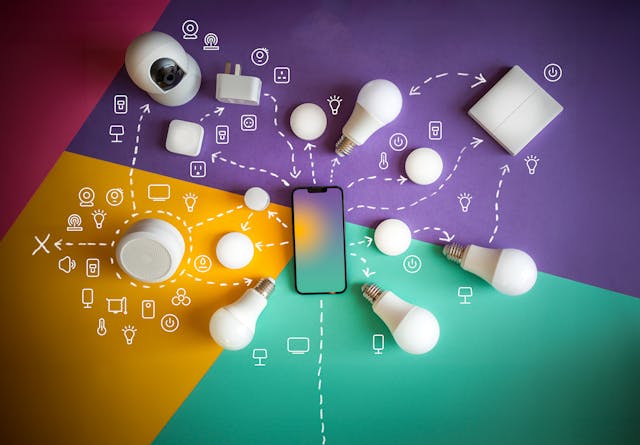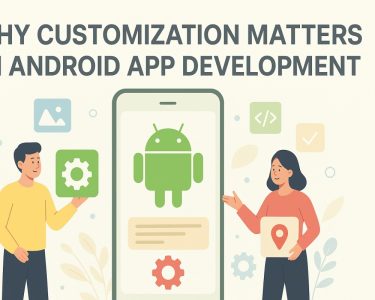Introduction to 5G Technology
5G, the fifth generation of wireless technology, represents a significant leap from its predecessors—2G, 3G, and 4G. With its promise of enhanced speed, lower latency, and more reliable connections, 5G is poised to revolutionize the way we connect devices and interact with the Internet of Things (IoT).
This article delves into what 5G means for IoT, its benefits, and how it can reshape industries and societal functions.
What is 5G?

5G is the latest evolution in mobile communication technology, designed specifically to meet the demands of a rapidly digitizing world. Unlike earlier generations, 5G is engineered to provide not only higher data rates but also ultra-reliable low latency communications, making it an ideal backbone for a vast array of IoT applications.
Key Features of 5G
-
Low Latency: 5G technology drastically reduces the time it takes for devices to communicate with each other, enabling real-time applications.
-
High-Speed Connectivity: With speeds potentially exceeding 10 Gbps, 5G can support data-heavy applications like streaming and real-time analytics.
-
Massive Device Connectivity: 5G networks can support millions of devices per square kilometer, which is crucial for IoT scalability.
The Advantages of 5G for IoT
5G offers several advantages that can significantly benefit IoT applications across various industries.
Enhanced Mobile Broadband
5G’s enhanced mobile broadband capabilities allow for faster data transfer rates. This feature is particularly beneficial for applications requiring high data throughput, such as video surveillance, smart city infrastructure, and augmented reality.
Ultra-Reliable Low Latency
For applications such as autonomous driving and industrial automation, the low latency characteristic of 5G is critical. It allows for immediate data transmission, ensuring timely responses and actions.
Improved Energy Efficiency
5G devices are designed to be more energy-efficient, allowing them to operate longer on battery power. This is particularly advantageous for IoT devices deployed in remote areas where power sources are limited.
Wider Coverage and Better Connectivity
As older network technologies like 2G and 3G are phased out, 5G provides a modern replacement, ensuring connectivity even in rural areas. This broader coverage is essential for IoT applications that require reliable connections in diverse environments.
Opportunities for IoT with 5G
5G is uniquely positioned to unlock new possibilities in IoT. Its architecture is designed to cater specifically to IoT use cases, making it a game-changer for various sectors.
Transformative Use Cases
-
Smart Cities: 5G enables real-time monitoring and management of urban infrastructure, from traffic systems to waste management, making cities more efficient and livable.
-
Healthcare: Remote patient monitoring and telemedicine can be enhanced through 5G, allowing for immediate data transfer and faster medical responses.
-
Automotive Industry: Autonomous vehicles rely on quick data exchange to navigate safely. 5G’s low latency is crucial for real-time decision-making.
-
Agriculture: IoT devices powered by 5G can provide farmers with real-time data on crop health, soil conditions, and weather patterns, leading to improved yield and resource management.
Network Slicing
One of the most innovative features of 5G is network slicing, which allows operators to create multiple virtual networks within a single physical network. This means that different IoT applications can have tailored connectivity solutions that suit their specific requirements, whether it’s low latency for real-time applications or higher bandwidth for data-intensive tasks.
Current State of 5G and IoT Integration
While the potential of 5G for IoT is vast, its implementation is still in the early stages. Many existing IoT applications can operate effectively on 4G networks, and as such, the transition to 5G will occur gradually. However, industries are already beginning to explore 5G’s capabilities to enhance their operations.
5G Use Cases in IoT

5G was designed with a variety of IoT use cases in mind. Here are some key applications:
-
Massive Mobile IoT: This involves deploying a large number of simple IoT devices, such as sensors, that transmit small amounts of data. These devices benefit from 5G’s ability to maintain efficient, low-power connections.
-
Enhanced Mobile Broadband: In areas like entertainment and media, 5G allows for seamless streaming and interactive experiences.
-
Critical Communication: Industries such as manufacturing and transportation can utilize 5G for applications that require fast, reliable communication, such as automated guided vehicles (AGVs) and drones.
The Future Outlook for 5G and IoT
As we look ahead, both 5G and 4G will coexist, offering flexibility for businesses and developers. The gradual rollout of 5G will enhance the capabilities of existing IoT solutions while also paving the way for new innovations.
Long-Term Coexistence
Even as 5G becomes more prevalent, 4G technologies like LTE-M and NB-IoT will remain essential for applications that require lower data rates and extended battery life. This coexistence will allow businesses to choose the best network technology for their specific needs.
Continuous Evolution
5G technologies are still evolving, and as they mature, new advancements like 5G RedCap will further enhance IoT capabilities. 5G RedCap strikes a balance between high performance and lower complexity, catering to a range of use cases from industrial automation to smart devices.
Conclusion
The integration of 5G with IoT holds immense potential to transform industries and improve quality of life. By enabling faster, more reliable connections, 5G can empower enterprises to innovate and optimize their operations. As we move forward, the convergence of 5G and IoT will undoubtedly shape the future of connectivity, making it an exciting space to watch.
In summary, while 4G will continue to support a wide range of IoT applications, 5G stands ready to unlock new possibilities, creating a more interconnected and efficient world.




